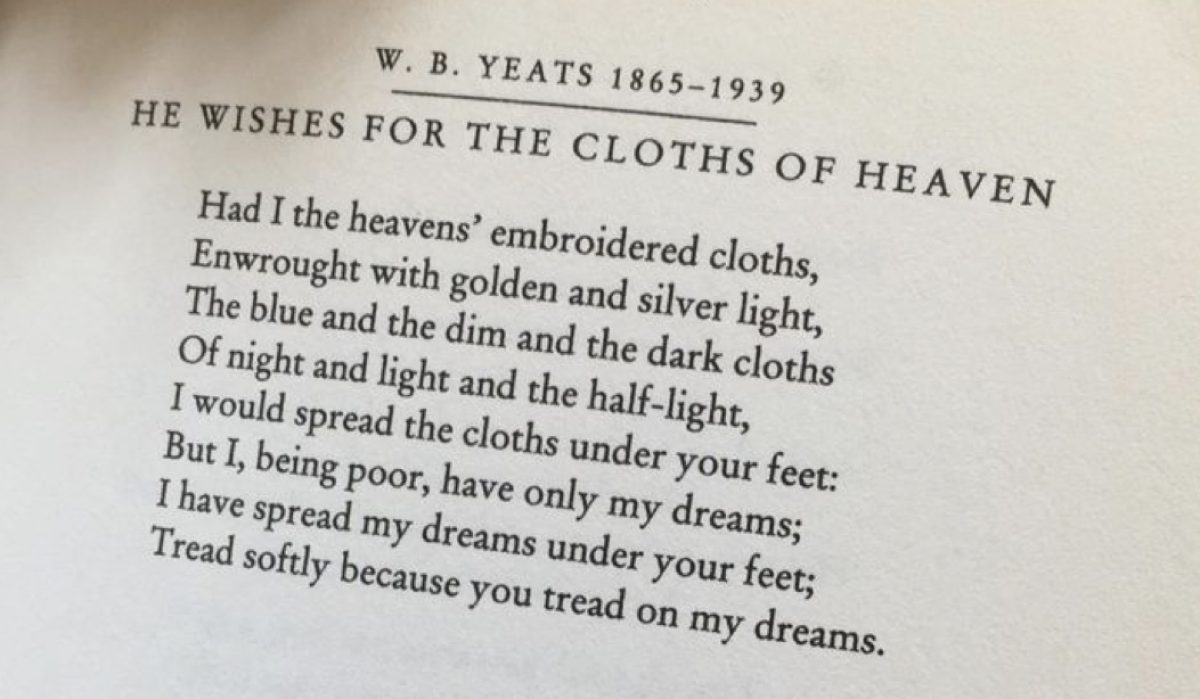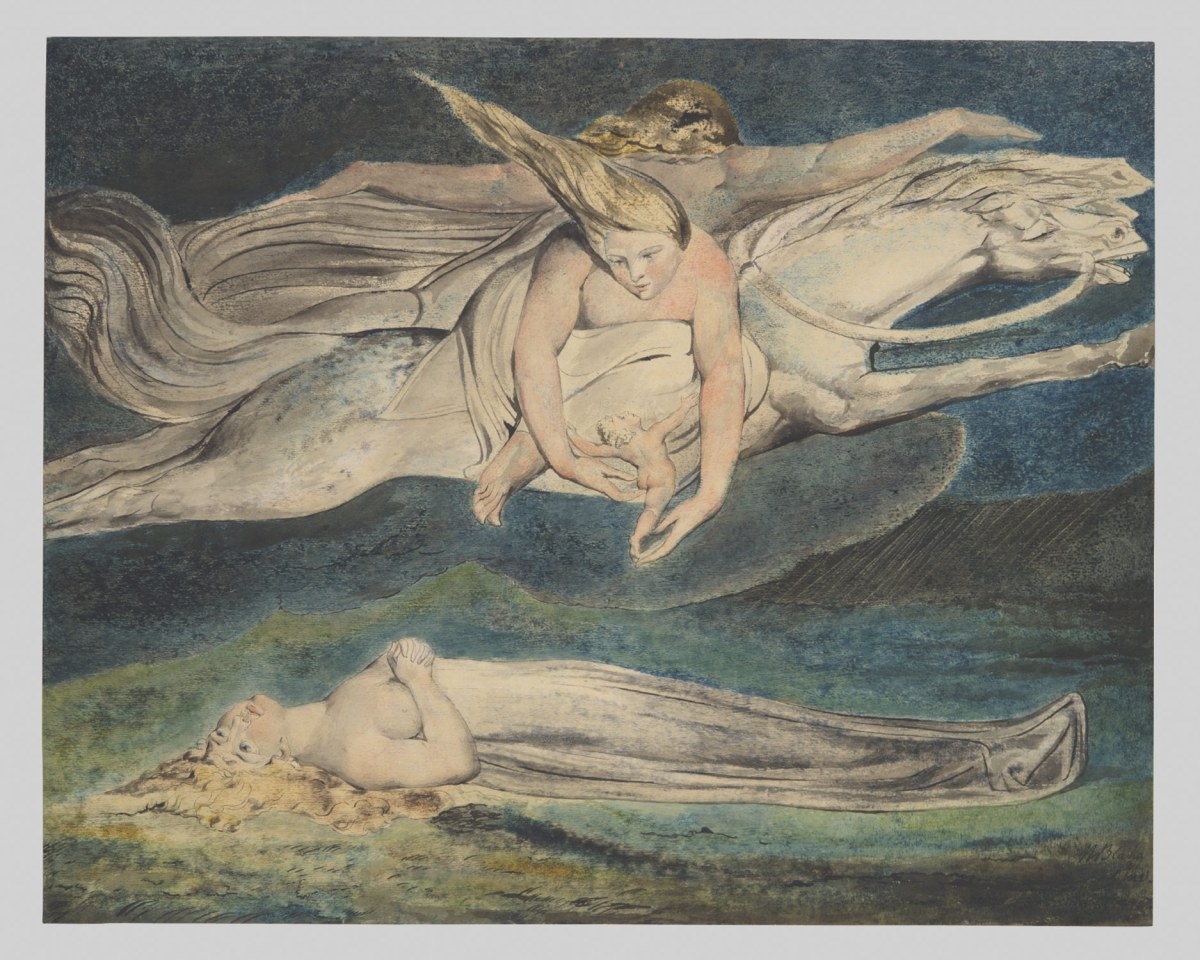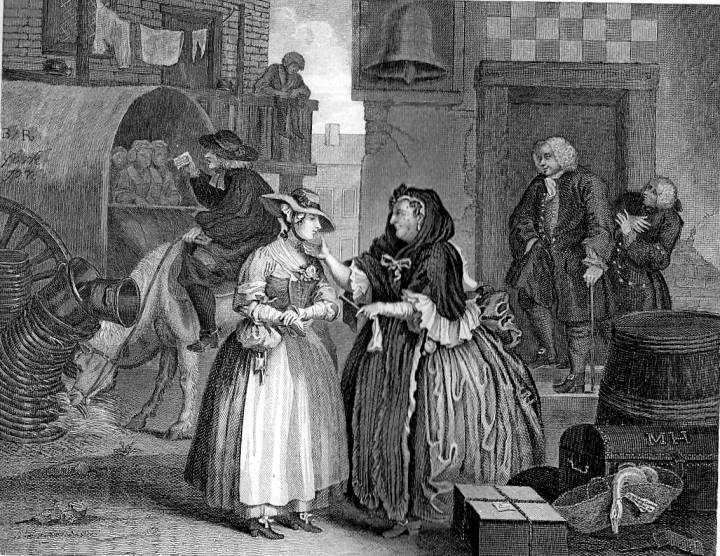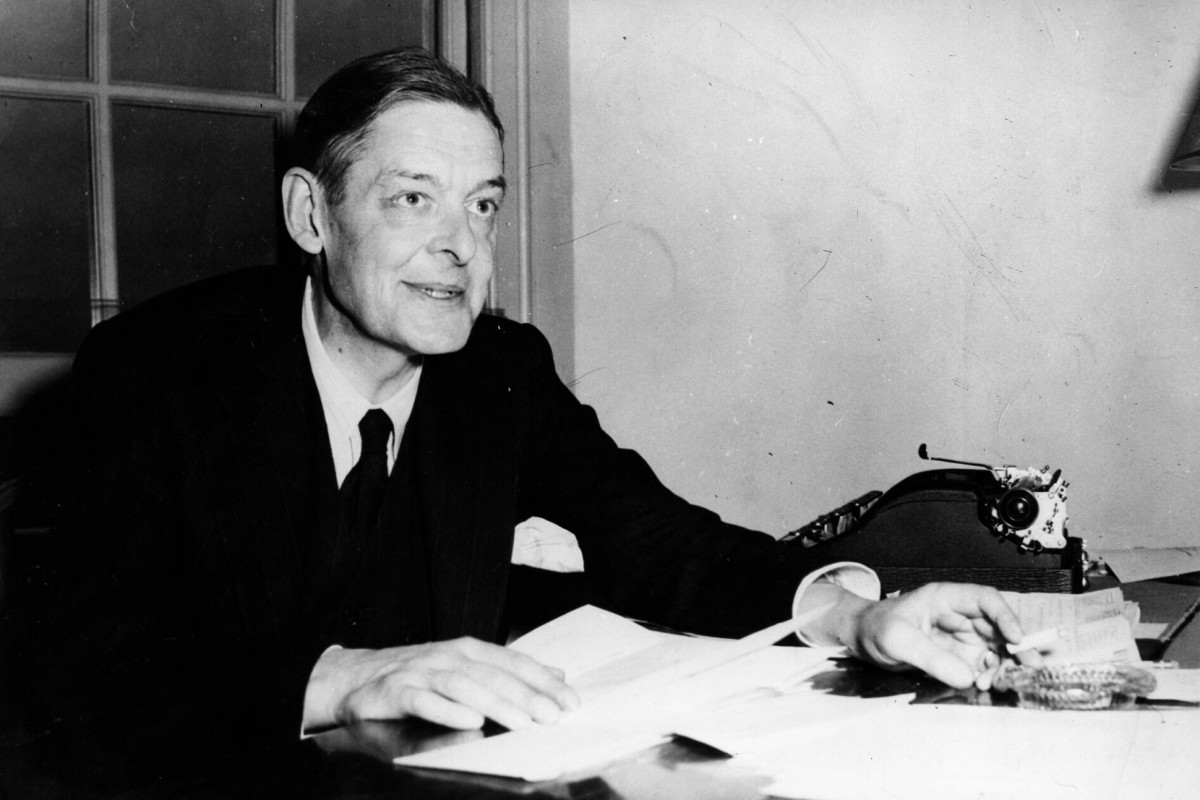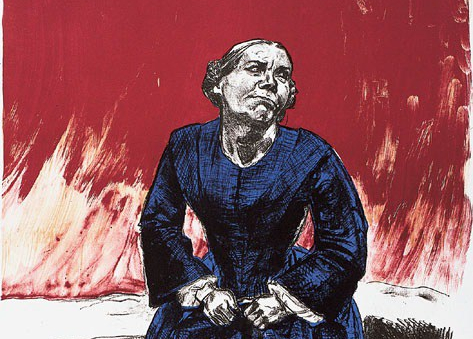
“All night within her womb
The worm lay, till it grew to a serpent”
William Blake, The First Book of Urizen. ll. 347-48.
Daphne du Maurier begins her novel Rebecca (1938)[1] describing “some half-breed from the woods, whose seed had been scattered long ago beneath the trees and then forgotten” (3) and ends it with the revelation of the titular character’s “certain malformation of the uterus” (413). This introduces the notion of both half-breed Continue reading “Inter-Uterine Hybridity: cultivating the ‘Unheimliche’ in Daphne du Maurier’s Rebecca.”

